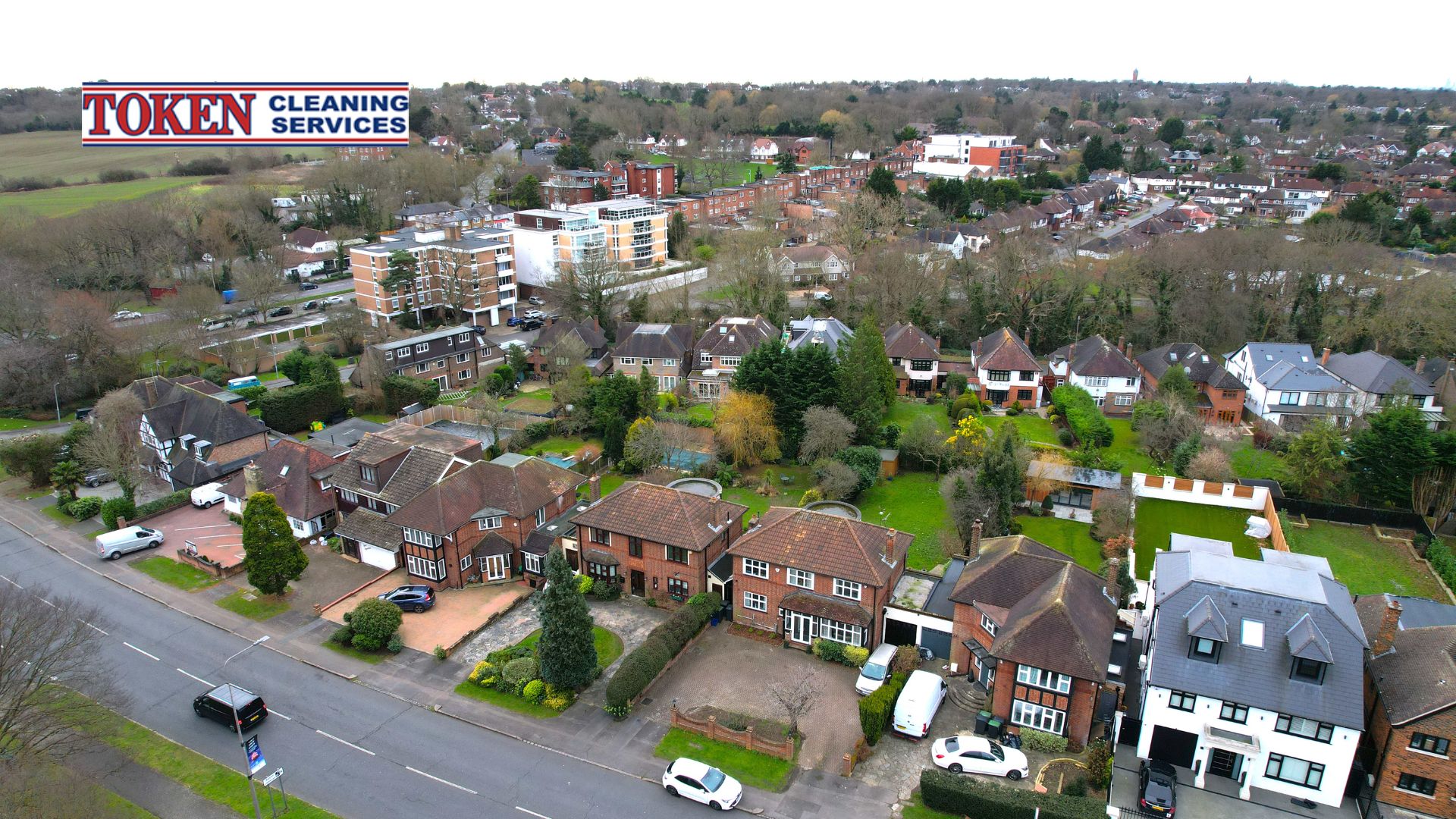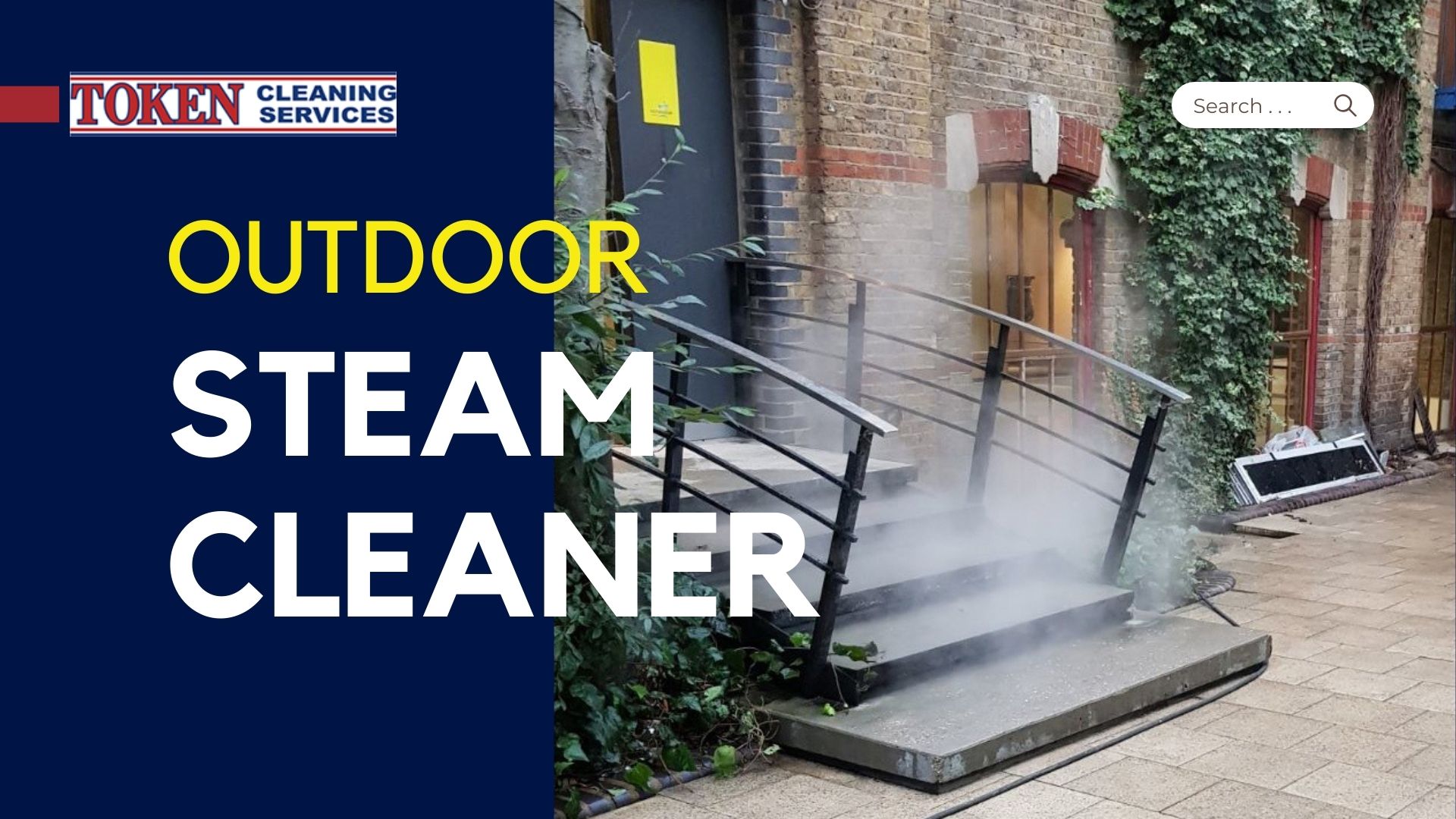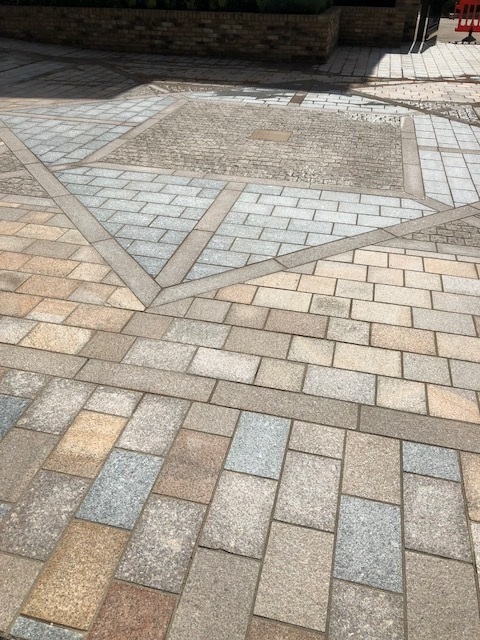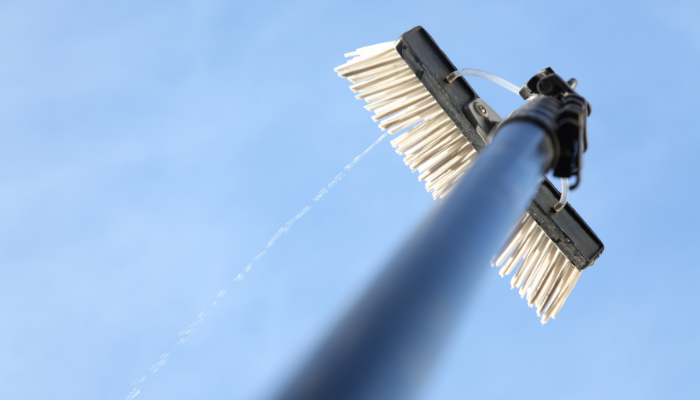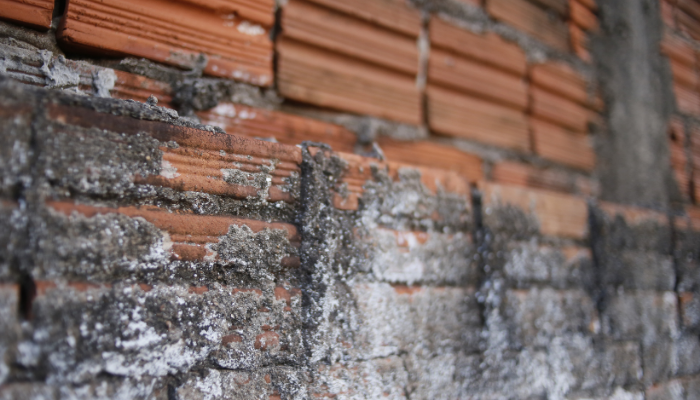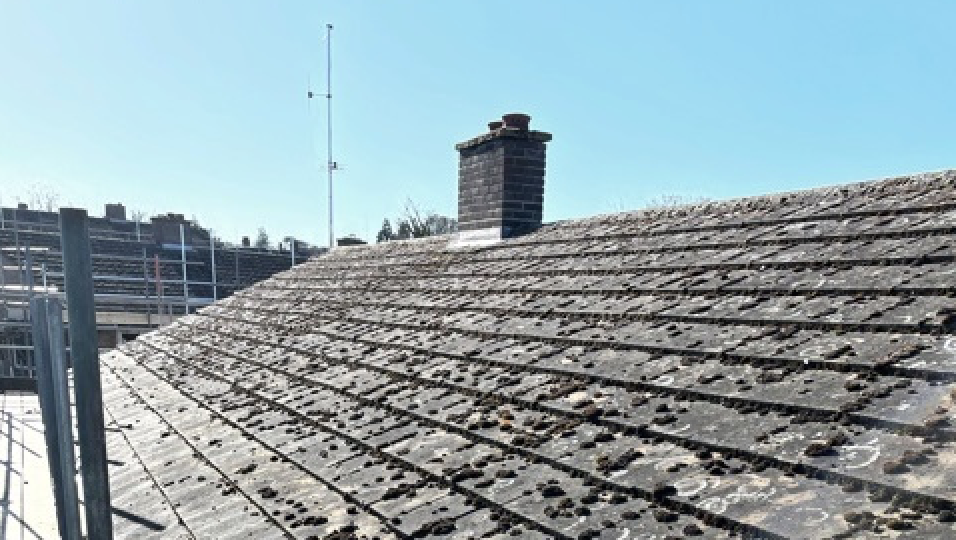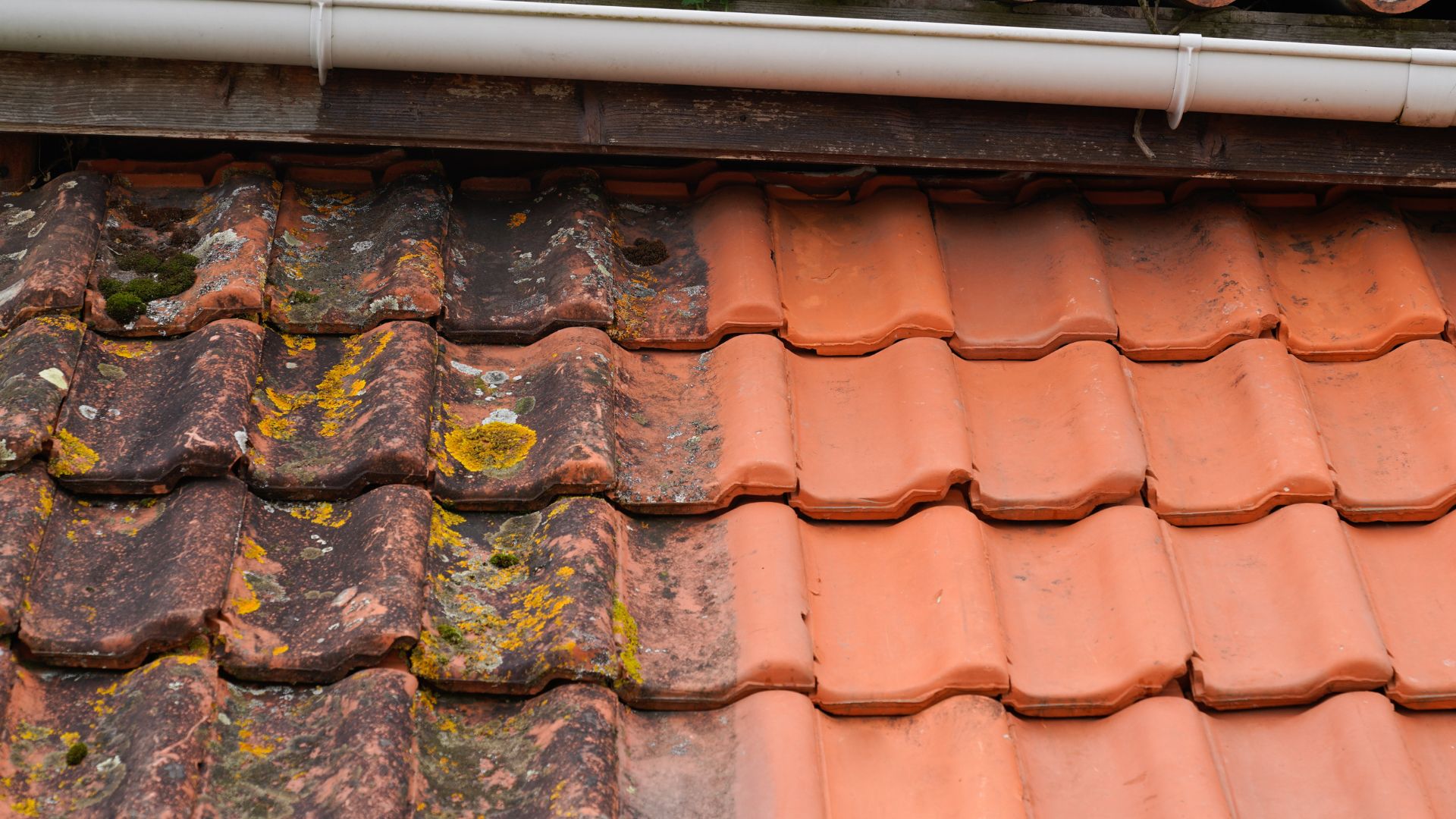Brick cleaning is an essential aspect of maintaining the aesthetic appeal and longevity of your property. As bricks weather the elements, they accumulate dirt, stains, and other unsightly blemishes that can detract from their natural beauty. In this comprehensive guide, we’ll delve into various aspects of brick cleaning, from DIY methods to professional services, ensuring you have all the tools and knowledge needed to keep your bricks looking as good as new.
Types of Bricks
Bricks come in various types, each with unique characteristics that influence their cleaning requirements. Understanding these common brick types is essential for effective maintenance.
Clay Bricks
Characteristics: Known for their natural color and durability.
Cleaning Approach: Gently scrub with a mixture of mild detergent and water to avoid damaging the surface.
Concrete Bricks
Characteristics: Sturdy and versatile, often used in construction projects.
Cleaning Approach: Pressure washing is effective, but ensure proper technique to prevent chipping.
Engineering Bricks
Characteristics: Dense and resistant to water absorption.
Cleaning Approach: Use a soft brush and a mild acidic solution for effective yet gentle cleaning.
Sand Lime Bricks
Characteristics: Made from sand, lime, and bonding agents, offering a smooth finish.
Cleaning Approach: Soft-bristle brushes and a non-acidic detergent are suitable to preserve the smooth surface.
Fly Ash Bricks
Characteristics: Eco-friendly bricks made from industrial waste.
Cleaning Approach: Mild cleaning agents, as harsh chemicals may impact the ash content.
Fire Bricks
Characteristics: Highly heat-resistant, used in fireplaces and kilns.
Cleaning Approach: Avoid water-based cleaning; use a dry brush to remove ash and soot.
Tools and Equipment
A. Essential Cleaning Tools
Cleaning your bricks efficiently requires the right tools. Here are essential cleaning tools to have on hand:
- Wire Brush: Ideal for scrubbing away loose dirt and debris from the brick surface.
- Stiff Bristle Brush: Effective for removing tougher stains and grime without causing damage.
- Soft Bristle Brush: Suitable for cleaning more delicate brick types without scratching or abrasion.
- Bucket: For preparing cleaning solutions and rinsing brushes during the process.
- Garden Hose: Provides a steady stream of water for rinsing off cleaning solutions and debris.
- Spray Bottle: Useful for applying cleaning solutions precisely to targeted areas.
- Safety Gloves: Protect your hands from harsh cleaning agents and potential abrasions.
- Protective Eyewear: Shields your eyes from splashes of cleaning solutions or debris.
- Dust Mask: Prevents inhalation of dust and particles during the cleaning process.
- Ladder: For reaching higher areas safely during exterior brick cleaning.
B. Safety Measures
Before embarking on brick cleaning, prioritize safety with these crucial measures:
- Read Product Labels: If using commercial cleaning agents, carefully read and follow the instructions and warnings provided.
- Ventilate the Area: Ensure proper ventilation to minimize exposure to fumes from cleaning solutions.
- Use Protective Gear: Wear safety gloves, protective eyewear, and a dust mask to shield yourself from potential hazards.
- Sturdy Footing: If working at heights, use a stable ladder placed on an even surface to avoid accidents.
- Test Cleaning Solutions: Before widespread application, test any cleaning solution on a small, inconspicuous area to ensure compatibility with the brick type.
- Avoid Harsh Chemicals: Opt for environmentally friendly and non-acidic cleaning agents to prevent damage to both the bricks and yourself.
- Stay Hydrated: Especially during outdoor cleaning, stay hydrated to prevent exhaustion and ensure peak concentration.
- Take Breaks: Avoid overexertion by taking regular breaks, especially for extended cleaning sessions.
- Follow Proper Techniques: Learn and adhere to correct cleaning techniques to minimize the risk of injuries or damage.
- Secure Tools: When using a ladder or tools at heights, ensure they are properly secured to prevent accidents.
By adhering to these safety measures and using the right tools, you can create a secure environment for effective and accident-free brick cleaning.
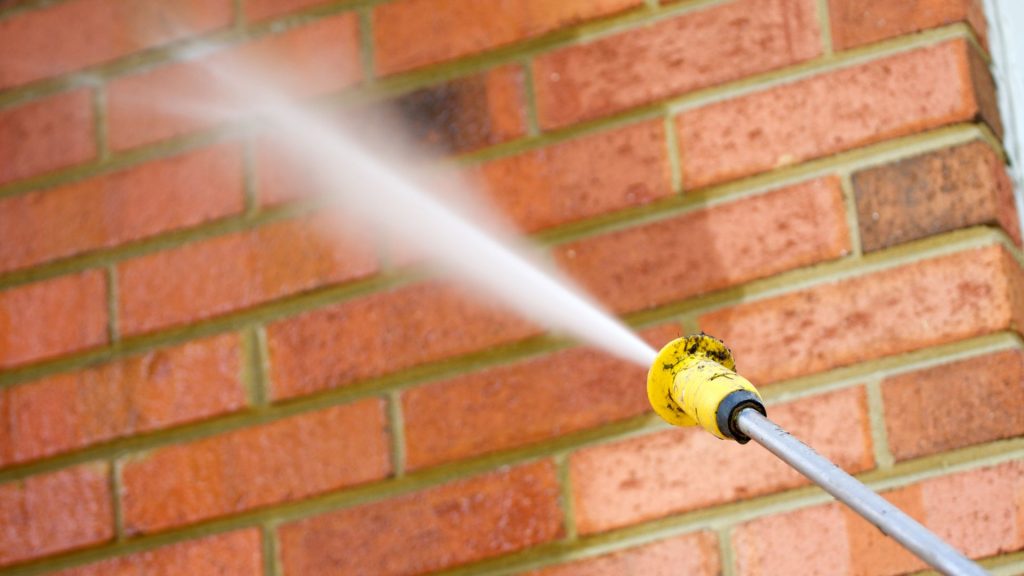
DIY Brick Cleaning Methods
Maintaining your bricks doesn’t always require professional help. Here are some effective do-it-yourself (DIY) cleaning methods using common household items:
A. Vinegar and Water Solution
Ingredients:
White vinegar
Water
Steps:
- Mix equal parts white vinegar and water in a bucket.
- Dip a stiff-bristle brush into the solution.
- Scrub the brick surface gently, paying extra attention to stained areas.
- Allow the solution to sit for 10-15 minutes.
- Rinse the bricks with water using a garden hose or a spray bottle.
- Repeat if necessary for stubborn stains.
B. Baking Soda Paste
Ingredients:
Baking soda
Water
Steps:
- Mix baking soda with water to create a thick paste.
- Apply the paste to the stained areas on the brick surface.
- Use a soft-bristle brush to scrub the paste into the stains.
- Allow the paste to sit for 15-20 minutes.
- Scrub the area again to lift the stains.
- Rinse thoroughly with water.
C. Pressure Washing Tips
Equipment:
Pressure washer
Steps:
- Adjust the pressure washer to a low setting to avoid damaging the bricks.
- Wet the brick surface with water before applying any cleaning solution.
- Use a mild detergent suitable for pressure washers.
- Apply the detergent evenly, starting from the bottom and working your way up.
- Allow the detergent to sit for a few minutes.
- Use a low-pressure nozzle to rinse the bricks thoroughly.
- Ensure the bricks are completely dry before assessing the results.
These DIY cleaning methods are effective for regular maintenance and can help revitalize your brick surfaces without the need for professional intervention. Always test any cleaning solution on a small, inconspicuous area before applying it widely to ensure compatibility with your specific brick type.
Professional Brick Cleaning Services
When it comes to brick cleaning, enlisting the services of professionals offers numerous advantages. Here are the key benefits that come with hiring experts in the field:
Expertise and Experience:
Professionals possess in-depth knowledge of various brick types and the most effective cleaning methods for each. Their experience allows them to tackle a wide range of cleaning challenges with precision.
Efficiency and Time Savings:
Professional brick cleaners are equipped with the right tools and resources to efficiently complete the job. This not only ensures a thorough cleaning but also saves you valuable time, especially for large or complex projects.
High-Quality Results:
Professionals have access to specialized cleaning solutions and equipment that may not be readily available to homeowners. This leads to a superior level of cleanliness and aesthetic restoration for your bricks.
Customized Solutions:
Every brick surface is unique, and professionals tailor their cleaning approach to the specific needs of your property. This customized approach ensures that your bricks receive the care they require without unnecessary harsh treatments.
Safety Assurance:
Professional brick cleaning companies prioritize safety. They adhere to industry standards, use appropriate safety gear, and follow protocols to protect both themselves and your property during the cleaning process.
Prevention of Damage:
DIY cleaning, if not done correctly, may result in damage to the bricks. Professionals have the expertise to avoid common pitfalls, such as using overly abrasive materials or incorrect cleaning agents that could compromise the integrity of the bricks.
Cost-Effectiveness:
While hiring professionals involves an upfront cost, it can be cost-effective in the long run. Preventing damage and ensuring a thorough clean may save you from potential repair costs that could arise from improper DIY cleaning.
Convenience:
Hiring professionals allows you to focus on other aspects of your life while experts take care of the cleaning. This convenience is particularly valuable for individuals with busy schedules.
Long-Term Maintenance Advice:
Professionals often provide valuable insights and recommendations for long-term brick maintenance. This guidance helps you extend the lifespan of your bricks and minimize the frequency of cleaning.
Enhanced Curb Appeal:
A professionally cleaned brick exterior significantly enhances the curb appeal of your property. It contributes to a well-maintained and aesthetically pleasing appearance, which can be particularly important for residential and commercial spaces.
Common Brick Stains
Brick surfaces are susceptible to various stains, detracting from their natural beauty. Understanding the type of stain is crucial for effective removal. Here are common brick stains and specific techniques to eliminate each:
A. Efflorescence
Description:
White, powdery deposits caused by water-soluble salts leaching to the surface.
Removal Technique:
Dry Brushing: Gently brush off the efflorescence using a soft, dry brush.
Vinegar Solution: Mix equal parts water and white vinegar. Scrub affected areas and rinse with water.
B. Rust Stains
Description:
Orange or brown stains resulting from metal oxidation, often caused by metal fixtures.
Removal Technique:
Lemon and Salt Paste: Create a paste with lemon juice and salt. Apply, scrub, and rinse.
Commercial Rust Removers: Follow the product instructions for safe application.
C. Mold and Mildew
Description:
Green or black growth caused by moisture, often in shaded or damp areas.
Removal Technique:
Bleach Solution: Mix 1 part bleach with 10 parts water. Apply, scrub, and rinse thoroughly.
Hydrogen Peroxide: Dilute hydrogen peroxide and apply to affected areas. Scrub and rinse.
D. Algae and Moss
Description:
Green or fuzzy growth on bricks, typically in shaded, moist environments.
Removal Technique:
Bleach Solution: Mix bleach with water, apply, and scrub. Rinse well.
Biodegradable Algaecide: Use a commercial algaecide, following product guidelines.
E. Oil and Grease
Description:
Dark, oily stains caused by spills or leaks.
Removal Technique:
Dish Soap and Water: Create a soapy mixture, scrub the stain, and rinse.
Absorbent Materials: Place absorbent materials like cat litter on fresh stains to soak up excess oil.
F. Paint Stains
Description:
Splatters or drips of paint on the brick surface.
Removal Technique:
Paint Thinner or Remover: Apply and gently scrape away paint. Follow product guidelines.
Pressure Washing: Use a low-pressure setting to remove loose or fresh paint.
G. Water Stains
Description:
Dark or discolored areas resulting from prolonged exposure to water.
Removal Technique:
Vinegar Solution: Mix vinegar and water. Scrub the stains and rinse.
Pressure Washing: Use low pressure to avoid further water penetration.
H. Organic Stains
Description:
Stains from organic materials like leaves, bird droppings, or berries.
Removal Technique:
Dish Soap Solution: Mix dish soap with water, scrub, and rinse.
Biodegradable Stain Removers: Apply according to product instructions.
Understanding the nature of the stain is crucial for successful removal. Always test any cleaning solution on a small, inconspicuous area before applying it widely to ensure compatibility with your specific brick type.
Routine Maintenance Tips
- Regular Cleaning: Clean your bricks at least once a year to prevent the build-up of dirt and grime.
- Seasonal Checks: Perform thorough cleaning after each season, addressing specific weather-related issues like moss in damp seasons.
- Inspect for Stains: Regularly check for stains or discoloration, addressing them promptly to prevent permanent damage.
- Gentle Scrubbing: Use a soft-bristle brush for routine cleaning to avoid unnecessary abrasion.
- Preventive Measures: Consider applying a sealant to protect against future stains and weathering.
- Check Drainage: Ensure proper drainage around your brick surfaces to prevent water-related issues.
- Trim Foliage: Trim nearby vegetation to minimize organic debris and reduce mold and mildew growth.
- Avoid Harsh Chemicals: Use mild detergents and eco-friendly cleaning agents to preserve brick integrity.
- Protect Surroundings: Cover nearby plants and surfaces during cleaning to prevent damage from cleaning solutions.
- Professional Inspection: Schedule periodic professional inspections to identify and address potential issues early on.
Cost Considerations
When it comes to brick cleaning, weighing the costs of DIY methods against professional services is essential for making an informed decision:
A. DIY Cost
- Materials:
- DIY cleaning materials typically include household items like vinegar, baking soda, and mild detergents, making them cost-effective.
- Tools:
- Basic tools such as brushes, buckets, and hoses are relatively inexpensive and can be reused for future cleanings.
- Time:
- DIY cleaning may save on material costs, but consider the value of your time spent on the cleaning process.
- Potential Risks:
- Improper cleaning methods may lead to damage, incurring additional costs for repairs.
B. Professional Brick Cleaning Services
- Labor Costs:
- Professional brick cleaning services involve labour costs, which can vary based on the size and complexity of the project.
- Specialised Equipment:
- Professionals use specialised tools and equipment, adding to the overall cost but ensuring a thorough and efficient cleaning.
- Cleaning Agents:
- Commercial-grade cleaning agents may be more effective but come at an additional cost compared to household alternatives.
- Time Savings:
- Professionals work efficiently, potentially saving you time and allowing you to focus on other priorities.
- Long-Term Investment:
- Professional cleaning is an investment in the long-term health and appearance of your bricks, potentially reducing the frequency of cleaning.
FAQs
A. How often should I clean my bricks?
Regular cleaning is recommended at least once a year, with additional cleanings as needed for heavily used areas.
B. Can I use bleach for brick cleaning?
Avoid using bleach, as it can damage the surface and alter the colour of your bricks. Opt for gentler alternatives.
C. Is it safe to pressure wash my own bricks?
While pressure washing is effective, it requires caution. Follow safety guidelines and avoid excessive pressure to prevent damage.
D. What do professionals use for tough brick stains?
Professionals often use specialised detergents and equipment tailored to the specific stain type for optimal results.
E. Are there any eco-friendly brick cleaning products?
Yes, eco-friendly products like plant-based detergents and enzymatic cleaners are available for environmentally conscious brick maintenance.
In conclusion, brick cleaning is a manageable task that significantly contributes to the overall appeal and longevity of your property. By adopting the right tools, techniques, and preventive measures, you can ensure your bricks stand the test of time. Regular maintenance, whether through DIY methods or professional services, is key to preserving the beauty of your masonry.
For professional brick cleaning services and expert advice, consider reaching out to Token Cleaning. Visit our website or give us a call at 01279422752. Let us help you unveil the full potential of your brick surfaces, ensuring they stand the test of time with pristine beauty.

